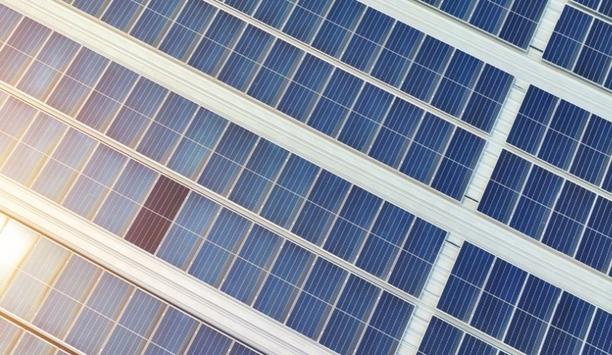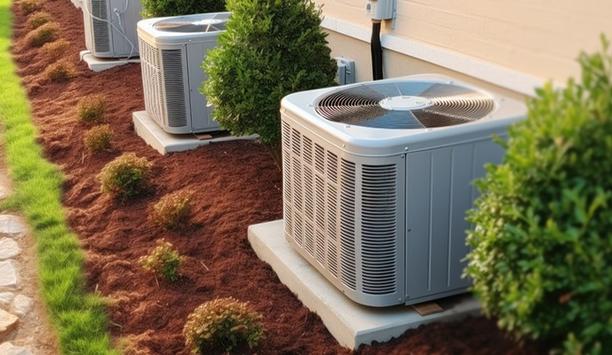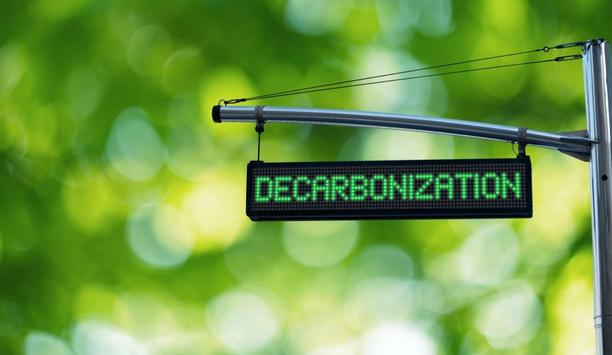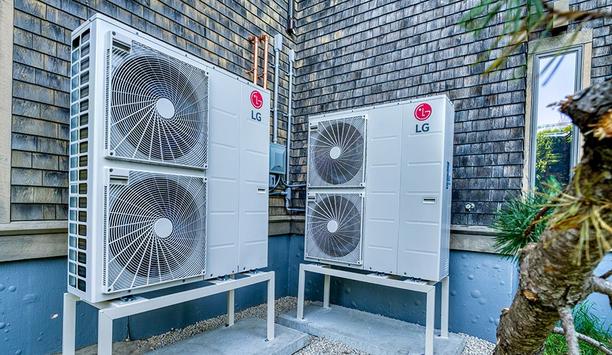Is wall paint a feasible element in an HVAC system? That’s the supposition that underpins Thermic heat-generating paint, which is applied like conventional paint but then can heat up a room when it is connected to a safe level of 24 volts of electricity. The paint is a water-based, solvent-free and low-pollutant dispersion that provides a wafer-thin carbon specialty coating (about 0.4 mm), which can be connected to a low-current circuit to provide radiant heat.
In effect, the product allows a house painter and/or an electrician to “install” a heating system.
infrared heating panel
“Thermic heat-generating paint can be processed particularly evenly and is so electrically conductive that a low voltage of 24 volts is sufficient to generate high outputs of up to 100 watts,” says Hans Schulte, Director of Thermic Coating Systems Ltd., based in Chester, United Kingdom.
The low voltage is selected in accordance with the “toy safety directive,” so it is safe to touch. The coating can be applied to any wall, ceiling or floor and transform it, in effect, into an infrared heating panel, says the manufacturer. The company suggests the coating would be particularly useful for builders planning a low-energy house. One liter of Thermic Paint costs 149 Euros ($175).
low energy requirement
This requires technology that provides heat at short notice - at the time and place where it is needed"
“In new buildings, the trend is toward intelligent heating solutions that flexibly cover the low energy requirement and adapt to the needs of the user,” says Schulte. “This requires technology that provides heat at short notice - at the time and place where it is needed." The responsiveness is an advantage when compared to heat pumps, which require a lead time of several hours to change the temperature in a room, says Schulte.
The system is particularly useful for concrete surfaces, and normal walls made of brick or wood are sufficient. The combination of products also has an almost unlimited lifespan and does not require maintenance, says the manufacturer. The coating can be painted over with standard colors. Low energy use is another advantage, with Thermic Paint providing the highest infrared heat radiation at the lowest energy consumption, according to the company.
wall coating system
With an efficient layout and intelligent control, the wall coating system can save more than 50% of a required heat load. An area of one square meter can achieve a surface temperature of 118 degrees F, so a few such areas on walls or ceiling can provide a warm comfort level. In effect, 6 square meters of heating area would be needed to heat a 25 square meter (269 square foot) living room, according to Thermic Coating.
The company’s website says they are amenable to “attractive opportunities for cooperation.” Transformers are used to supply electricity, transforming the mains voltage to the low operating voltage. Thermic Coatings sees use of large-sized infrared heaters on low temperature on walls and ceiling as the future. It is most efficient to locate the heat paint in the coldest parts of a room, says the company.
The paint should cover an area as big as possible to ensure lowest energy consumption while still heating the room.






































